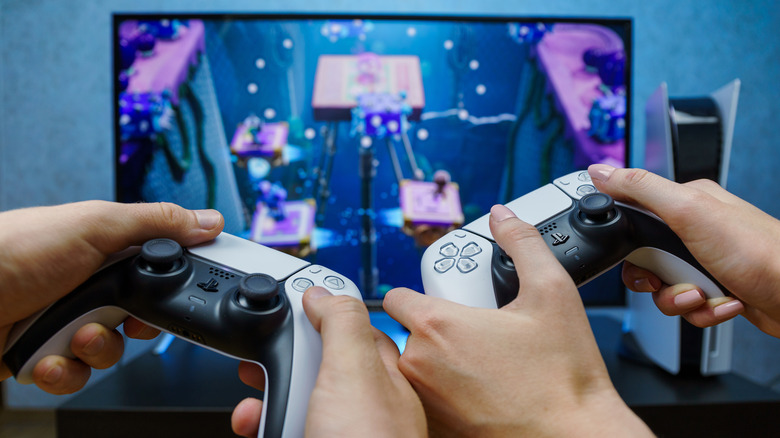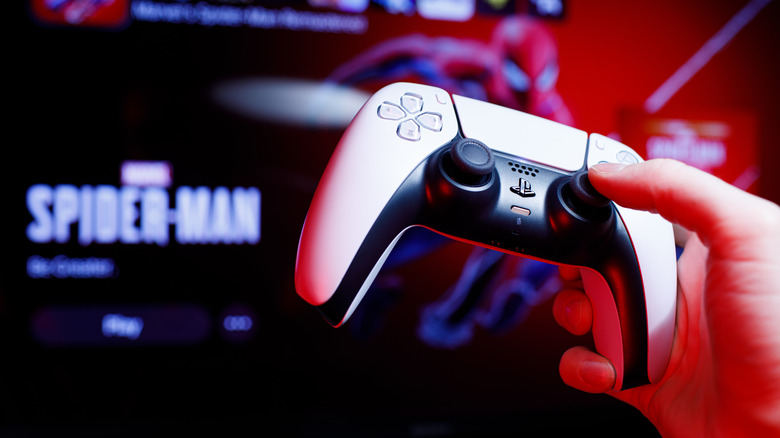Sony Looking Into PlayStation Controllers That Can Change Temperature
The ability of electronics to deliver meaningful physical responses to user interaction is becoming a fundamental part of product design. The field of creating physical responses to digital input is called haptics, and its implementation ranges from simple stimuli like a smartphone vibrating on receiving a text to cutting-edge medical prosthetics meant to restore the full complexity of a lost sense of touch.
Haptic feedback in gaming falls somewhere in the middle. Lights and vibration have been part of the home gaming experience for decades, but engineers are always pushing to more fully engage players and deliver maximum immersion. Haptic innovation is one way to do so. Sony recently filed a patent that takes a new approach to haptic feedback, causing the controller to change temperature in the player's hands in response to certain inputs. The patent is only a first step but could represent a meaningful change in how gaming peripherals communicate with their players.
Power in the palm of your hand
Sony's actual patent is straightforward enough; it describes "A controller [that] includes a sensor that uses an elastically deformable elastic member, detects user's contact with or deforming action of the elastic member, and outputs an electric signal based on the detected contact or deforming action in question." That deformable nature is only part of the tech described, however, with the patent also detailing the inclusion of a "temperature control apparatus."
The two could potentially work together, with Sony's patent explaining, "...the temperature control apparatus may be controlled such that the larger the amount of deformation, the higher the temperature becomes." In short, this theoretical future controller would incorporate a part that responds to player input by electrically changing temperature.
Interestingly, Sony states no particular intended use for this controller element. It could be as simple as cooling the controller when a game enters a cold climate or heating it in sync with an onscreen fire. It also might not be. On its introduction in the late '90s, "rumble" was simple too, just sudden shakes roughly synced to onscreen events. In the years since, controller vibration has grown into a whole haptic language, modulating frequency and intensity to communicate nuanced information to the player. Whether temperature change can become an equally complex and significant part of gaming remains to be seen. Sony's patent at least indicates the possibility is there, but as with any patent, there's no guarantee the concept will ever become an actual product.

